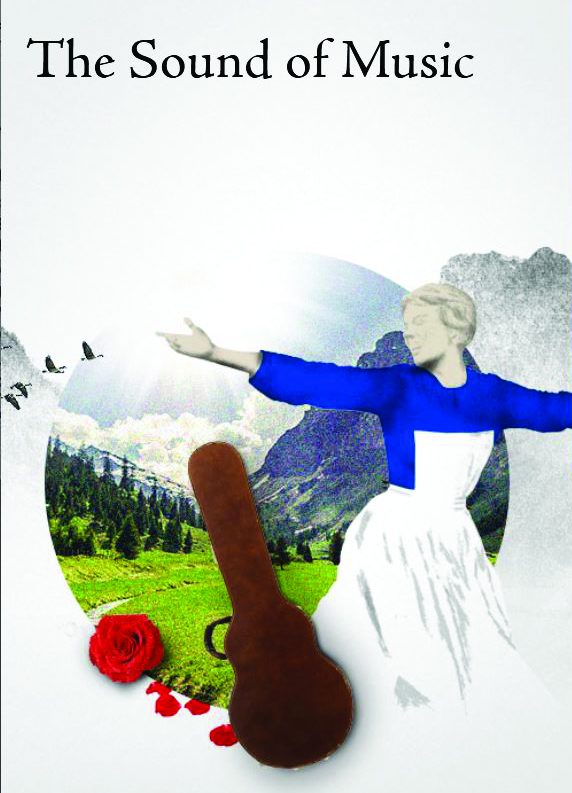RMTC present the fictional version till December 23
The Sound of Music is a beloved classic about a stoic captain, his seven children and a spirited governess whose unconventional ways bring music back into their lives. In the background, political unrest begins to bubble. As the Nazi regime takes hold over Austria, the choice between their beloved country or their steadfast beliefs becomes clear. To maintain their morals, the captain leads his family, and new wife, over the mountains, leaving behind his homeland.
While this bittersweet story may seem like something fabricated for the stage, with its epic loves, iconic characters, and difficult decisions, it took its inspiration from the real Maria von Trapp who chronicled her and her family’s life story in the 1949 book The Story of the Trapp Family Singers. Her story differs quite significantly to that of her screen and stage counterpart’s.
Born Maria Kutschera in 1905, Maria truly was an aspiring nun when she first crossed paths with Captain Georg von Trapp. However, she met her future husband not as a governess for his seven children but to tutor only one of them.

Their relationship of employer/employee began in 1926 and took the large leap to husband and wife on November 26, 1927. Unlike the dramatized version of their story, the real Maria and George did not have a whirlwind romance. Quite the opposite even, as Maria divulged later in life that she “really and truly was not in love” though she said, “By and by, I learned to love him more than I have ever loved before or after.” She married him not for love but because the mother abbess of her Abbey advised her it was God’s will to do so.
Now a stepmother to seven children, Maria did help teach them music. While they were already musically inclined, she furthered their musical education by teaching them madrigals. They may not have been singing “Do-Re-Mi” as we know it in the movie, but they did perform a variety of folk songs and ballads as a family. At first, they sang at church but later caught the interest of Lotte Lehmann, a German concert singer who took an interest in them.
With her encouragement, the singing family entered and won a singing contest which jumpstarted their career as professional musicians. They took their show on the road, going to France, Belgium, the Netherlands, Italy, and Germany before returning home just as Hitler was beginning the Anschluss, also known as the annexation of Austria, in 1938.
The stage and film adaptation of this story condenses it down into a much shorter timeline, having Maria arrive to the captain’s residence in 1938, cutting down their relationship to a quick courtship and not a 12-year marriage.

After the annexation, the family got a brief taste of life under the Nazis, a regime which they detested. The captain refused to display the Nazi flag and denied a request for the family to sing on the radio in honour of Hitler’s birthday. Like in the movie, the captain was opposed to the Nazi ideology and to becoming a member of their navy.
Having acted against the fascist government, the family knew they needed to flee. Not over the mountains of Austria, clutching their suitcases with a Nazi search party in close pursuit, but simply by train to Italy. They landed in the United States in 1939 where they toured their musical talents across the country and held a music camp on their Vermont farm in their off time.
Maria knew her story had to be shared, and others felt the same way resulting in the stage and film dramatizations of her life – with a few liberties. You can see the fictionalised Maria on stage along with the scrappy von Trapp children and the imperious Captain at Royal Manitoba Theatre Centre from November 28 to December 23.

